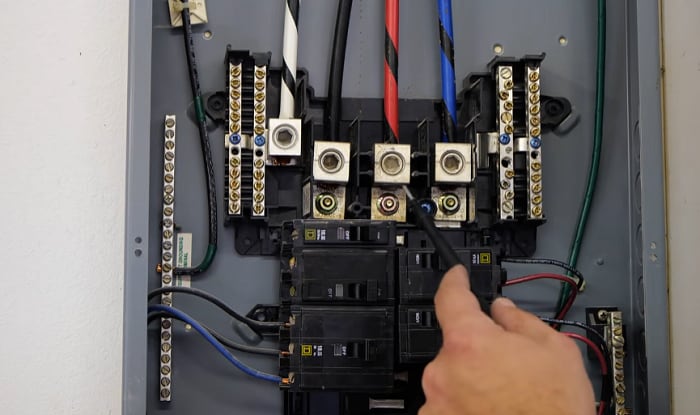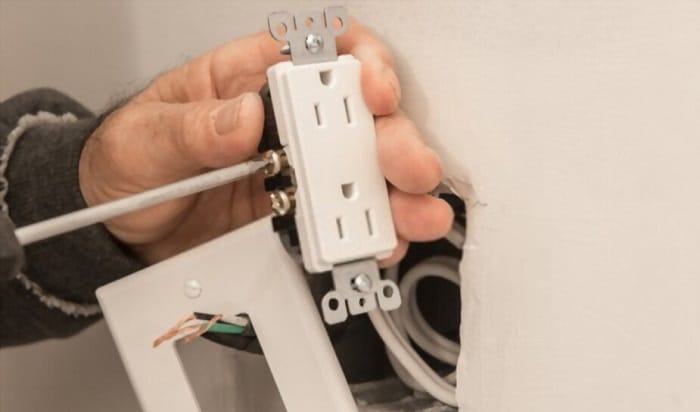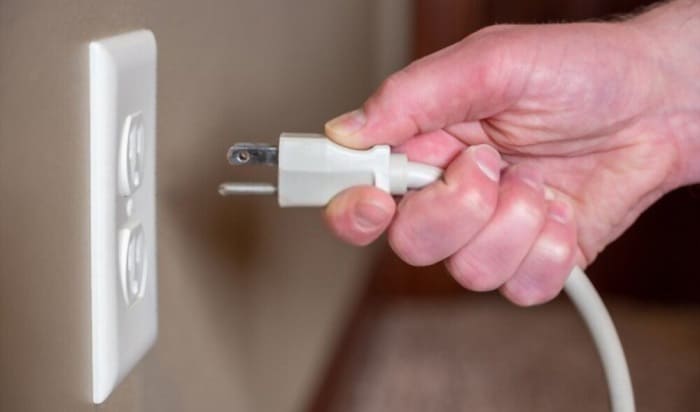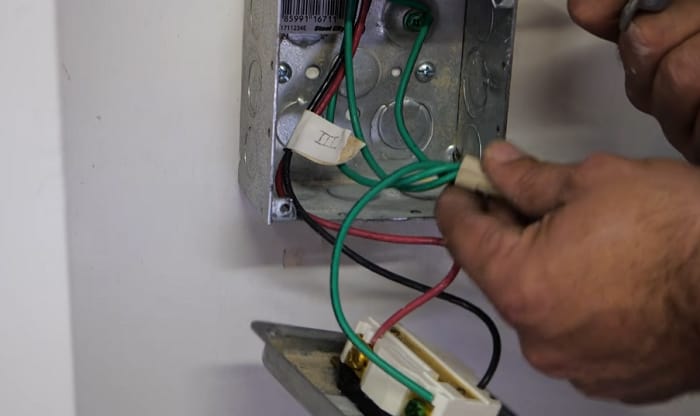Have you ever installed 220-volt outlets? You may need to use a 2 wire 220 volt wiring diagram to complete the electrical assembly correctly. However, what does this diagram look like?
The standard 220-volt wiring diagram often uses two hot wires to connect to an appropriately-sized circuit breaker. Also, a neutral or ground wire might not be necessary to complete this electrical setup.
Keep reading to gain additional insight into the particulars of setting up a 220-volt electrical assembly with two wires.
Table of Contents
How Do You Wire a 220v Plug?
A 220v wiring in house typically follows these general guidelines:
- Wire the two hot wires from the 220-volt outlet to an appropriate circuit breaker.
- You may connect the white insulated wire to the neutral bus bar in the electrical service panel.
- Secure the connections by screwing them into their screw holes.
However, if you still need to install a 220 outlet, use these steps to guide you through this process:
Quick Step-by-Step Guide
- Step 1: Shut off the power from the main circuit breaker.
- Step 2: Test the electrical service panel with a voltmeter to ensure no power is coursing through it.
- Step 3: Insert each 220v wire into the right receptacle in the two-pole circuit breaker.
- Step 4: Screw and secure the two hot wires in the breaker but avoid tightening them too much to prevent threading.
- Step 5: Install the two-pole breaker into an appropriate mount in the service panel.
- Step 6: Connect the ground wire from the 220-volt outlet to the ground bus bar in the service panel.
- Step 7: Attach and secure the ground wire and the two hot wires to the outlet.
- Step 8: Close and screw the outlet’s cover in place.
- Step 9: Turn on the main circuit breaker and test if the outlet works as intended.
Why Do 220v Circuits Not Need a Neutral?
A 220 volt wiring without neutral isn’t a requirement. It’s because many appliances that require more voltage than a 110-volt electrical assembly may not need a return path.
In comparison, 110-volt loads generally require neutral wires. Many, if not all electronics that need 110 volts need return paths.
Will 220 Volts Work Without a Ground?
A 220-volt electrical setup may work without ground. But it can still be ideal for keeping the ground for it can help ensure:
- Low resistance to trip the circuit breaker and prevent serious electrical issues.
- The prevention of electrocution, especially during lightning strikes.
- The creation and maintenance of a zero-voltage point.
- Low risk of hazards like shocks, surges, and electrical fires.
Frequently Asked Questions
Can 10/2 Wire Be Used For Dryer?
It’s possible to use a 10/2 wire for a clothes dryer. However, you might run into some issues with that size wire. So it can be ideal to use a 10/3 wire instead.
Also, using the 10/2 wire can be a violation of the National Electrical Code (NEC) 250.140, which mentions that the supply circuit for a 120/240-volt setup should possess three wires.
On that note, 10/2 wires often only have one hot wire, which is the hot and neutral wires. Since clothes dryers often need over 110 volts to function, these appliances typically need at least 10/3 size wires to prevent overloads and fires.
What Wire Is Used For 220V?
Many 220-volt electrical connections require 10/2 wires to complete 30-amp circuits. But 10/3 wires can be better options than their 10/2 counterparts for 220-volt setups.
What Does The Neutral Wire Do?
A neutral wire in an electrical setup helps take on the role of completing the circuit. This wire carries the power from the device back to its origin.
It’s also important to mention that a neutral wire is different from a ground wire. In comparison, a ground wire protects the circuit from instability and other possible problems.
What Uses 220V In A House?
Different appliances require a 220-volt or over the electrical line. Some of these devices are:
- Microwave oven
- Electric stove
- Refrigerators
- Freezers
- Dishwashers
- Garbage disposal units
Conclusion
Now that you reach the end of this post, you should now have a good idea of how to complete a 2 wire 220 volt wiring diagram. Remember, you should use the correct wiring setup for appliances like electric ovens and stoves.
Also, don’t forget to follow electrical codes while consulting the particulars in your wiring diagram. Doing so should help you reduce the risks of expensive and serious mishaps.
Read next:

I am Andrew Wright. With 8 years of experience designing, installing, and maintaining electrical power systems. I love my job, and I have always wanted to offer others the necessary help so they can take care of their houses.




